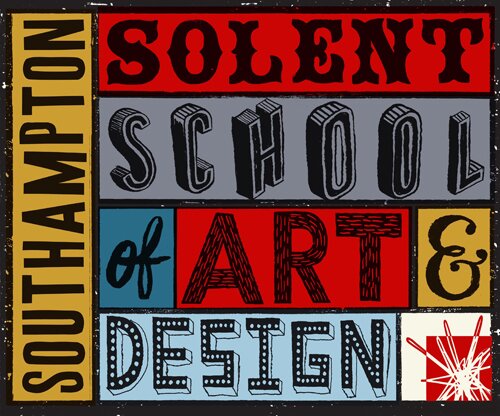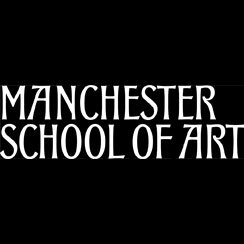
Irene Fuga
Abstract:
The Poetics of The Exotic - The Illustrator as Tourist within Global Image Culture
The problematic concept of exoticism has been mutated by both socio-political changes as well as by the medium through which ethnologists, photographers, artists and illustrators have been representing it across history. The purposes of this paper would be to both investigate the key moments of these changes across the period of the nineteenth century to the present, from colonial to post-colonial times, and examine the role of the illustrator who represented them.
The notion of perception of the exotic is linked to ‘the tourist gaze’, a definition introduced by sociologist John Urry, who demonstrated how painting has had a pivotal role in shaping the way that tourists look at things. According to Urry, the tourist gaze modified the way that people read a landscape and he proved how tourists’ appreciation of both natural or artificial sceneries, depends on its resemblance with a work of art, possibly embedded in the viewer’s memory. Following Urry’s argument, the perception of a foreign landscape or culture is translated by the tourist/illustrator into an image, either ideal (when resembling an existing artistic representation) or material (photograph, drawing and video). The forming of Urry’s new way of reading the landscape clarifies how the perception of a foreign landscape or culture can be decoded according to the way it is represented by art or popular media depending on period.
Since the proliferation of photographic and virtual representation of the ‘Other’, technology allowed the itinerant illustrator to experience the exotic without moving physically. The effects of this phenomenon prevent a subjective interpretation and representation of otherness, blending together cultural origins and symbols into a hybrid global image. The visual codes and language of the illustrator have been shifting accordingly, contributing to the rising of a hybrid and multi-disciplinary practice. What is today’s role of the illustrator working within these trans national contexts and how can the illustration language adapt in a meaningful way?







